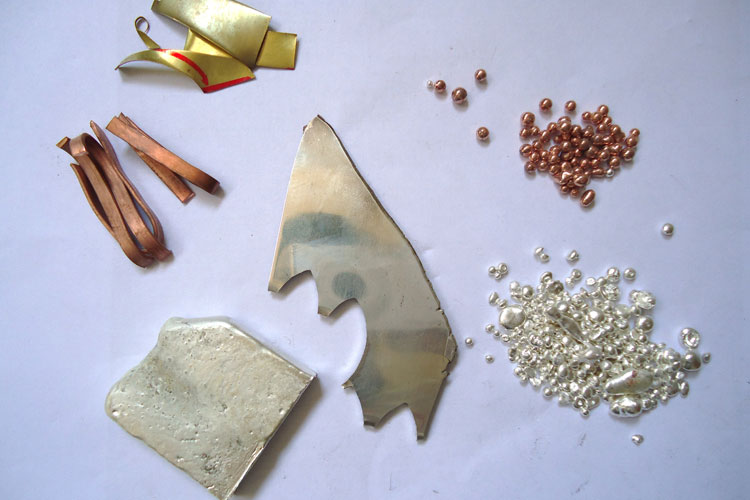You are so wrong if you think that dust is inert. Specks of dust can lead to explosions under certain conditions leading to hefty fines by OSHA, destruction of property and worse of all, deaths.
Examples of Combustible Dust
Combustible dusts are not the same and it is vital to recognize the type of dust in your factory to know whether it is listed by OSHA as an explosive dust danger. There are some specks of dust that need serious intervention than others. The most common combustible dusts include:
- Aluminum
- Titanium
- Flour and grain dust
- Wood dust
- Magnesium
- Plastic dust
- Zirconium
Check the OSHA website for a complete list of materials.
How Dust Causes an Explosion
Many people wonder how dust can lead to an explosion. For this to happen, the five factors namely, fuel, heat, dispersion, oxygen, and confinement must be present. A simple spark in a confined space like a vessel, room or a building with explosive dust can cause a quick combustion. According to the OSHA fact sheet of March 2008, an explosion cannot occur if one of the five factors isn’t present.
The first explosion dislodges more dust particulates leading to a larger and destructive explosion. The sprinkler systems may also dislodge more dust and carry the particles to another place and this spreads the threat even further.
How Much Dust Can Cause an Explosion?
The volume of dust that can lead to an explosion varies greatly as there are many factors that come into play such as dust particle size, distribution method, air circulation system modes, physical obstacles, air currents and the size of the space in which the dust cloud exists. This means that simple rules on dust buildup such as visibility in the dust cloud can be biased and deceptive. The scrutiny should be directed to the real circumstances in each facility and the factors affecting the hazard.
Is The Dust Hiding From You?
It’s not easy to identify where the combustible dust collects. The dust can accumulate in places that are hard to reach such as a suspended ceiling.
The NFPA 654 recommends that:
- Reduce dust escape from ventilation systems and process equipment.
- Employ filters and dust collection systems.
- Use surfaces that make it hard for dust to accumulate and the ones that are easy to clean.
- Allows access even to the hidden areas for proper inspection.
- Inspect dust residues in both hidden and open areas.
- Use cleaning methods that don’t cause dust clouds especially if there’s an ignition source nearby.
- Use vacuum cleaners that are permitted for dust collection.
- Place relief valves away from dust hazard locations.
- Come up with a hazardous dust inspection plan and test all the cleaning processes.
These points are useful and they can help you understand explosive dust and what you can do to prevent its accumulation.













